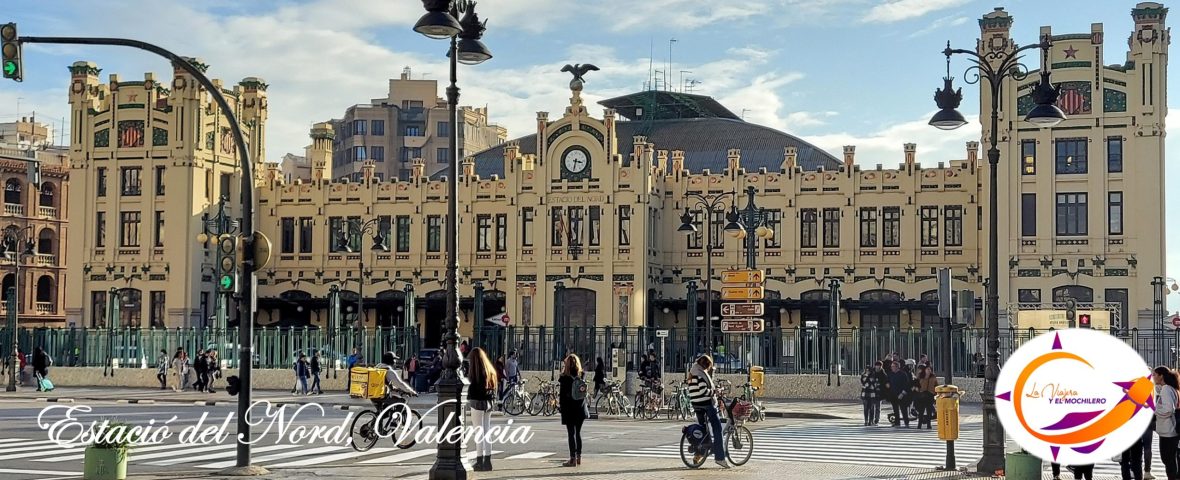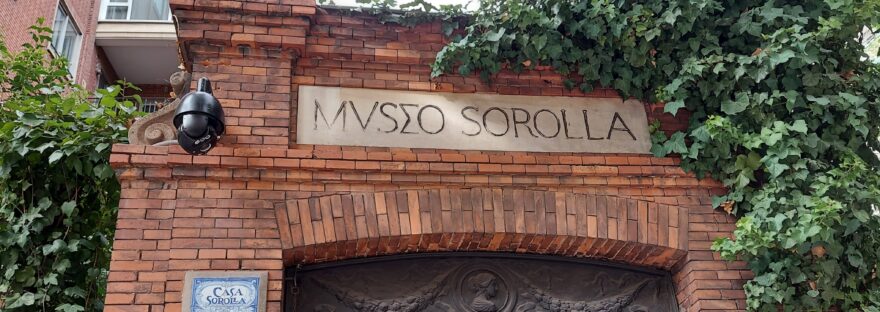The Sorolla Museum is one of the best preserved artist’s houses in Europe and since March 1, 1962, the building is a National Historic-Artistic Monument.
In 1909, the great artist Joaquín Sorolla Bastida, commissioned the project to the architect Enrique María de Repullés y Vargas, who fulfilled the wishes of the painter, creating a space that unites the work area and his home and also has a garden area. To achieve the latter, shortly after, Sorolla bought a second adjoining lot that would allow him to expand the built area and incorporate three gardens to the house. It was in 1911, that his new home in Madrid, on Paseo del General Martínez Campos, was inaugurated.
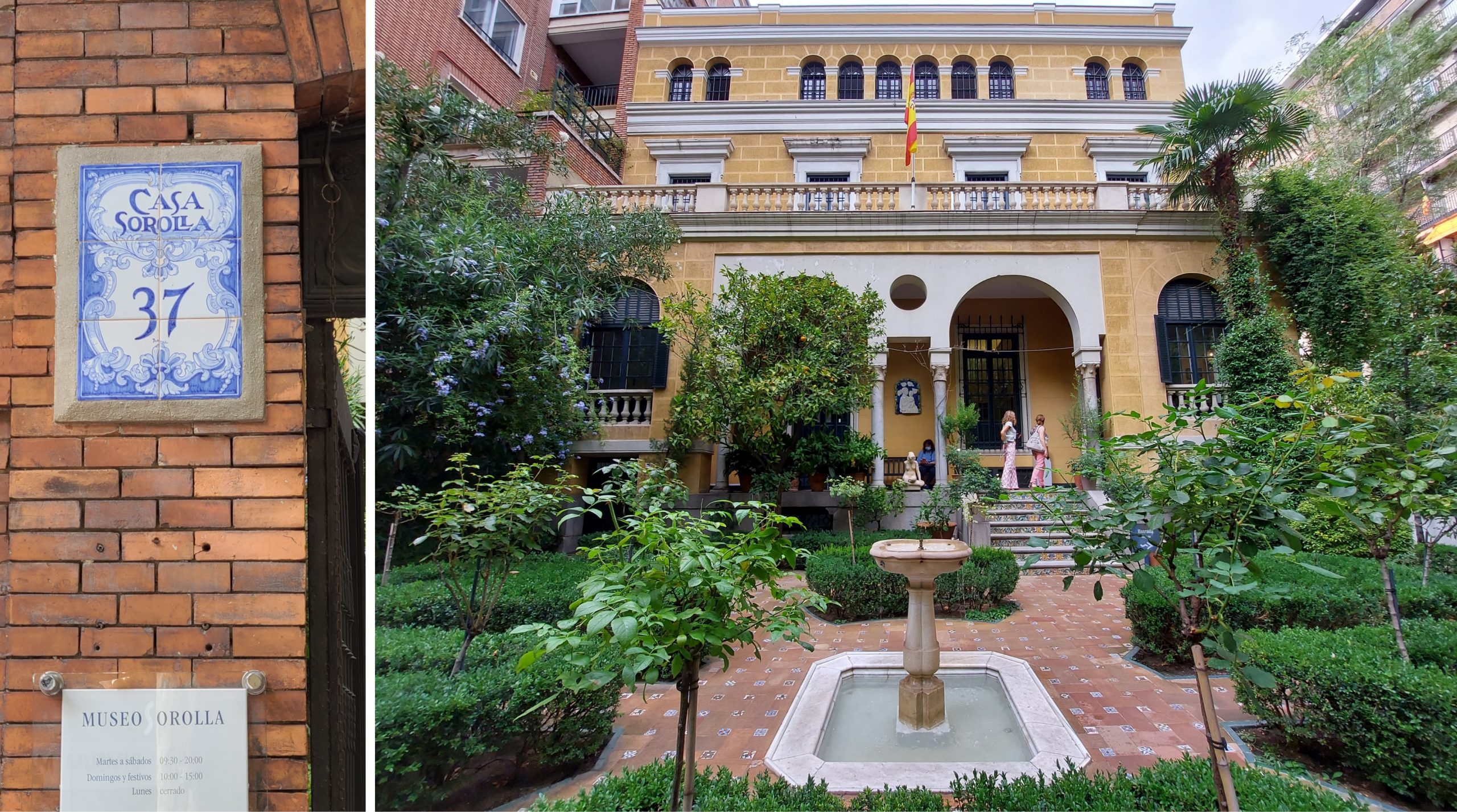
Let’s stop in the gardens, because they are a beauty. Thanks to the restorations that have been made, we can enjoy them as they were at the time when the family lived here. We notice that the Andalusian style, where geometry, the presence of water and the colors not only of the plants, but also of the tiles, are very present in the gardens. It is confirmed that both the Alhambra and the Alcázar of Seville were sources of inspiration for the painter in his desire to design the outdoor space of his home. And from Andalusia, Sorolla brought everything: fountains, tiles, columns, statues, plants and trees.
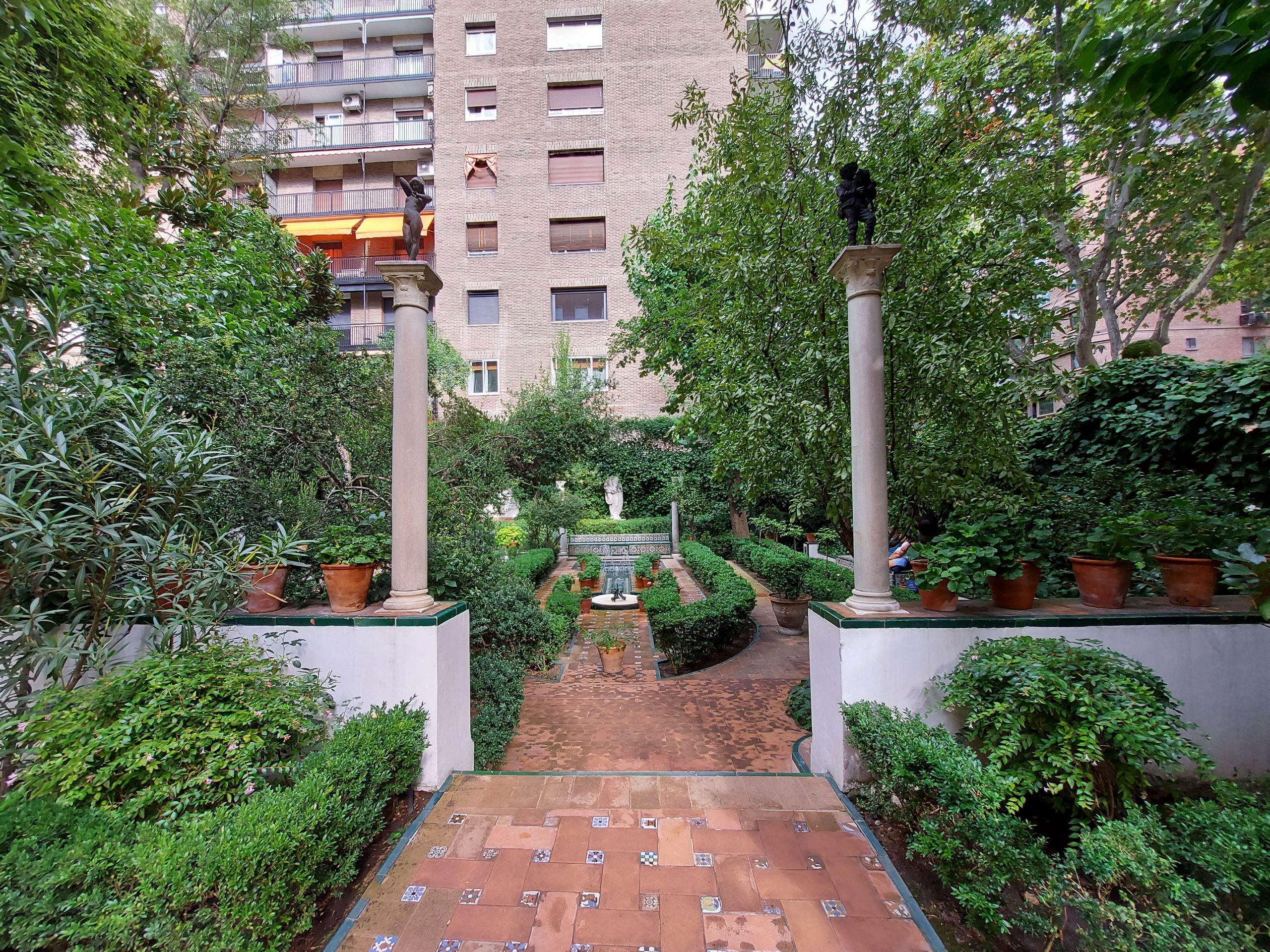
The place that served as workshop and home to the great Valencian painter, along with his wife and three children, preserves the original atmosphere of many of the spaces, in addition to housing a large collection of works by Sorolla, as well as numerous objects that he collected as a collector during his life. It should be noted that Sorolla left more than 2,200 catalogued works and his oeuvre covers impressionist, post-impressionist and luminist styles.
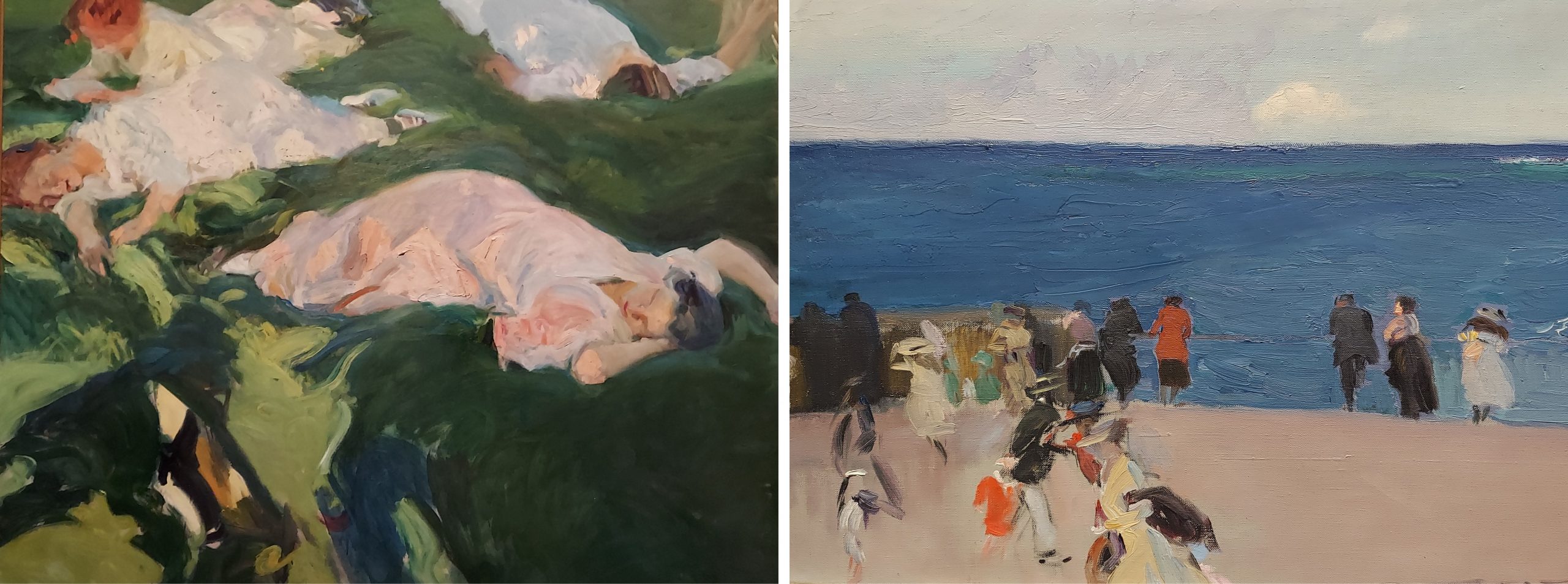
The creation of a museum in the building that served as the family home was the idea and express wish of Clotilde García del Castillo, Sorolla’s wife, as she stated in her will of 1925, in which she ceded the house and her collection of works to the Spanish State in order to perpetuate the memory of her husband. When Sorolla died on August 10, 1923 without leaving a will, an inventory of the painter’s property had to be made, which was completed on November 20, 1929, after Clotilde’s death. It was then that her children took charge of carrying out their mother’s wishes. Thus, the widow’s bequest was accepted on March 28, 1931 by a Royal Order published in the Gazette of April 12 of that year, which classified the institution as a private charitable-educational foundation. That same year, his son donated 56 works for the constitution of the museum, along with others donated by his sisters. After its inauguration in 1932, it was under the direction of Joaquín Sorolla García, the artist’s son.
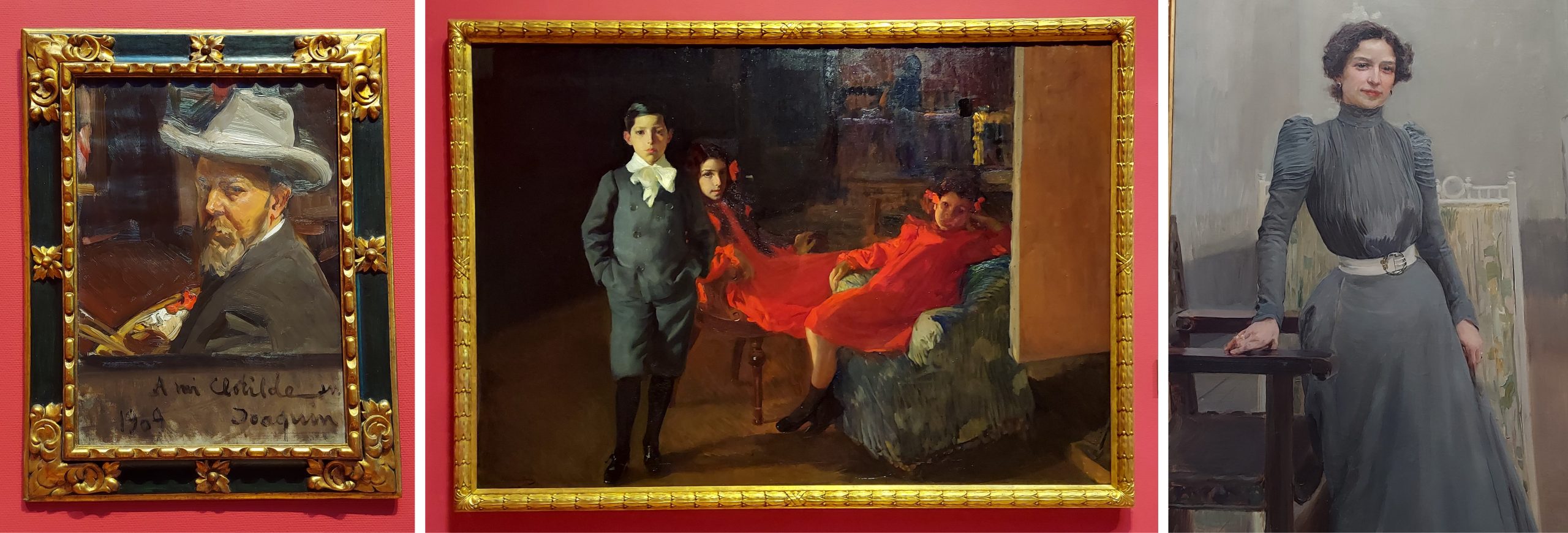
When the Spanish Civil War broke out in 1936, the museum was forced to close, and once the war was over, it reopened to the public in 1941. Four years later, on July 26, 1945, the rooms on the second floor were opened to the public for the first time after a renovation. These were the personal rooms of the couple and their children, with a more intimate character, where family portraits, the painter’s brushes and palettes and even the medals won in his many exhibitions are exhibited.
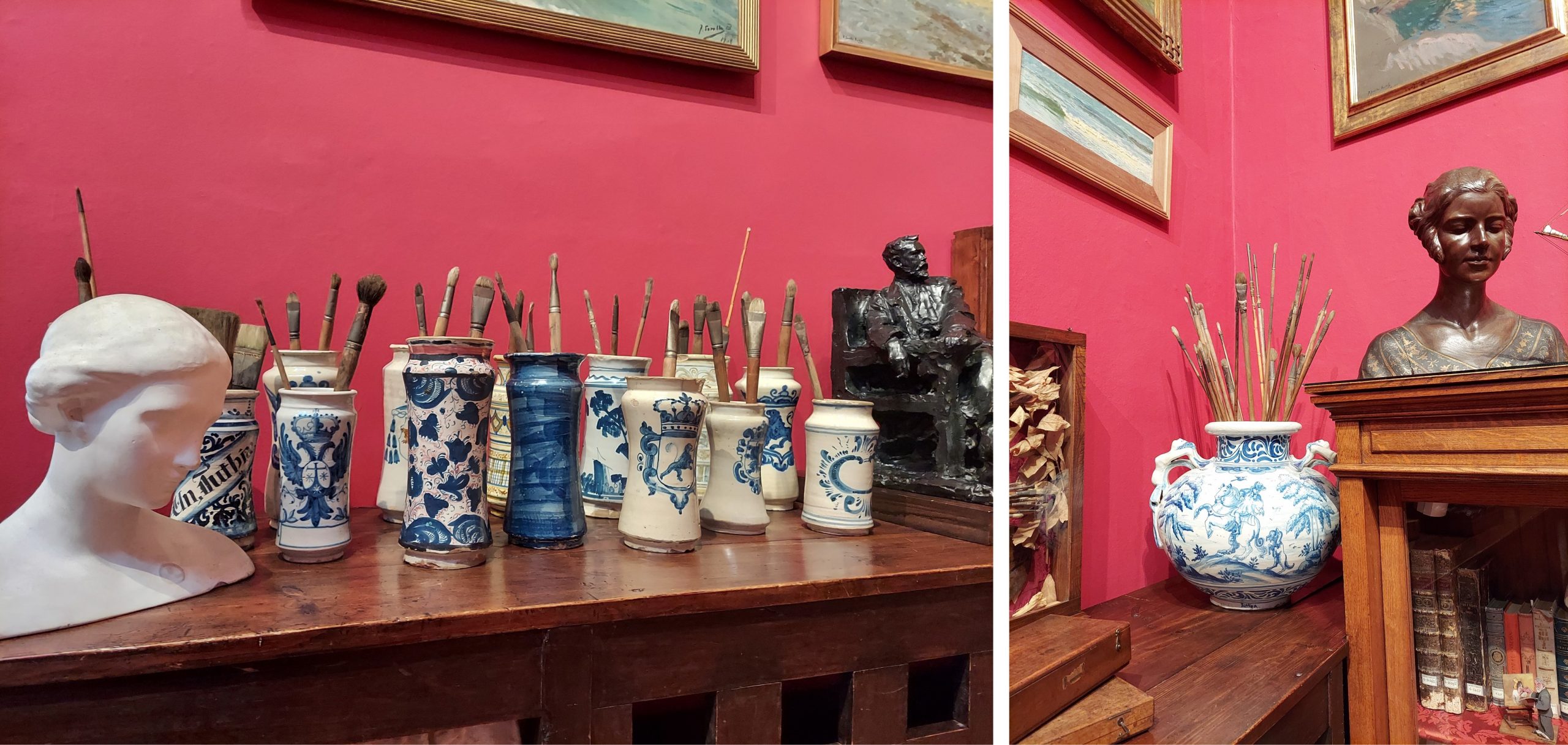
Since the institution is a house-museum, it is normal that it includes both the furniture and the decorative taste of the family, among other elements. The furniture collection is made up of 184 pieces that served the family in their home, most of which are preserved in situ. As marked the tastes of the time, this is characterized by its eclectic character, so you can find various pieces of furniture dating from the twelfth century, as well as other elements of modernist style such as lamps that illuminate different rooms, designed by Louis Comfort Tiffany, or the canopy bed in Arabic style that was in the painter’s studio.
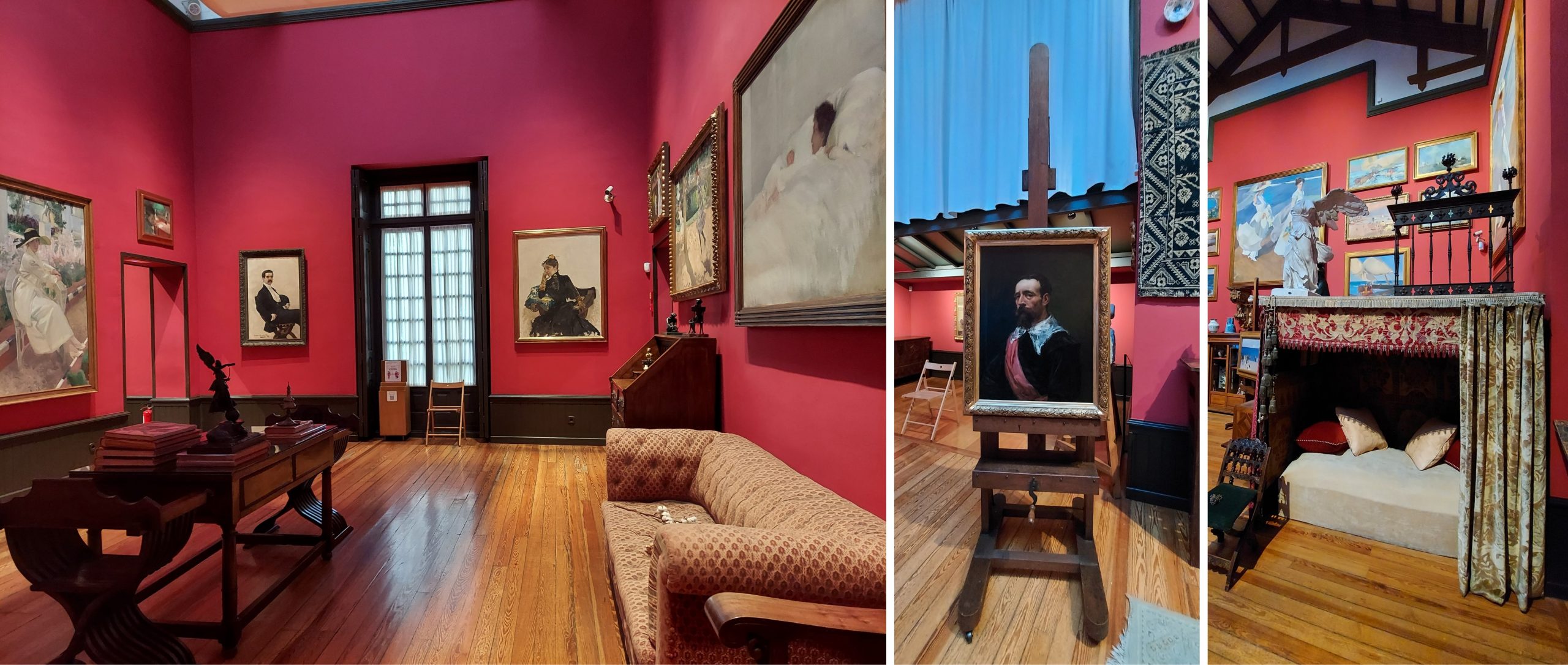
After Sorolla García’s death in 1948, he left a large number of works for the expansion of the museum’s collection, which was accepted by the State in 1951.
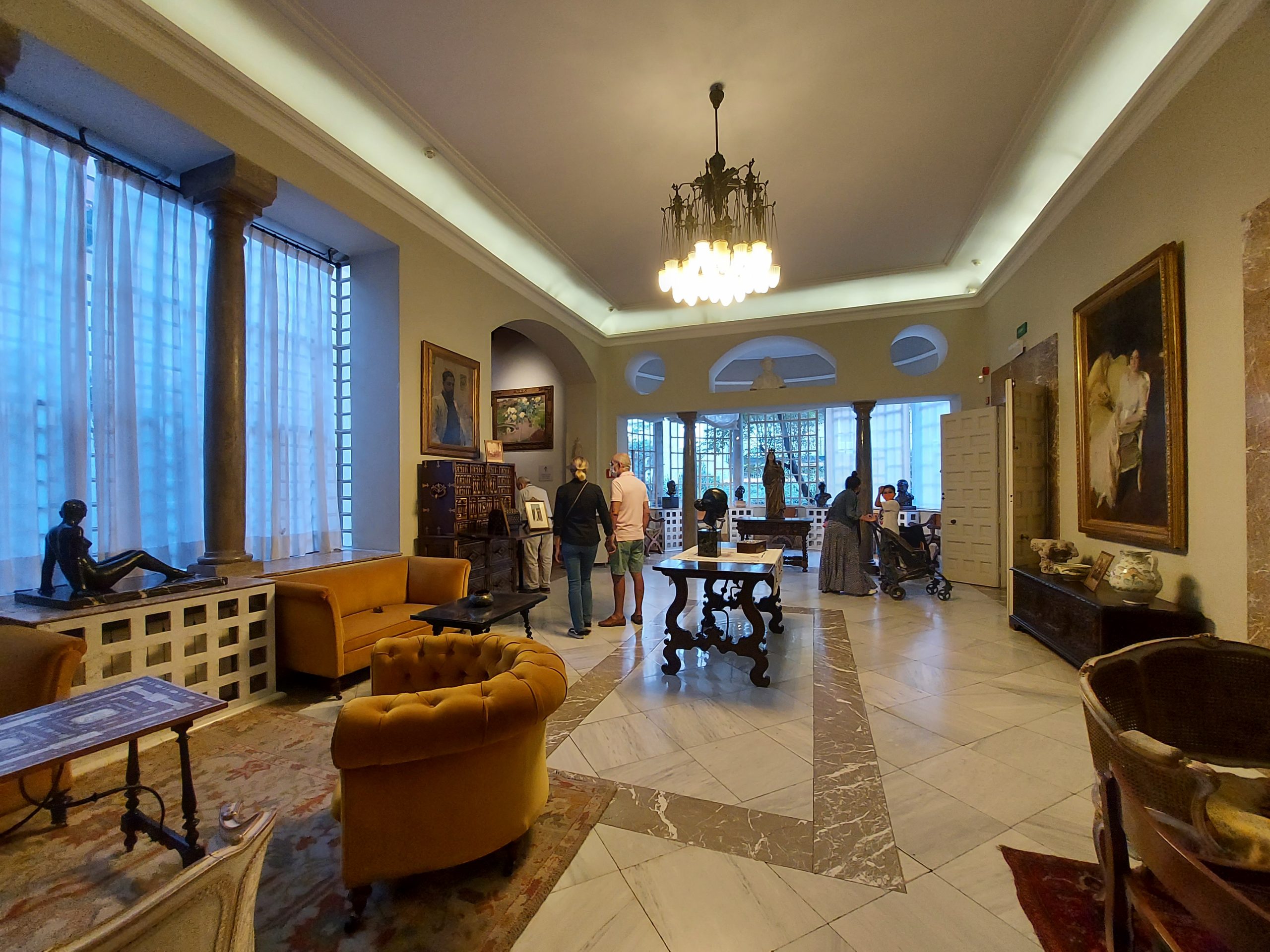
The painting collection is the most representative of the museum with 1,294 works by Sorolla, covering different themes and formats, such as his famous “color notes”, preparatory paintings that he made as a study prior to the realization of a work of larger format. It also has 164 works by other painters.
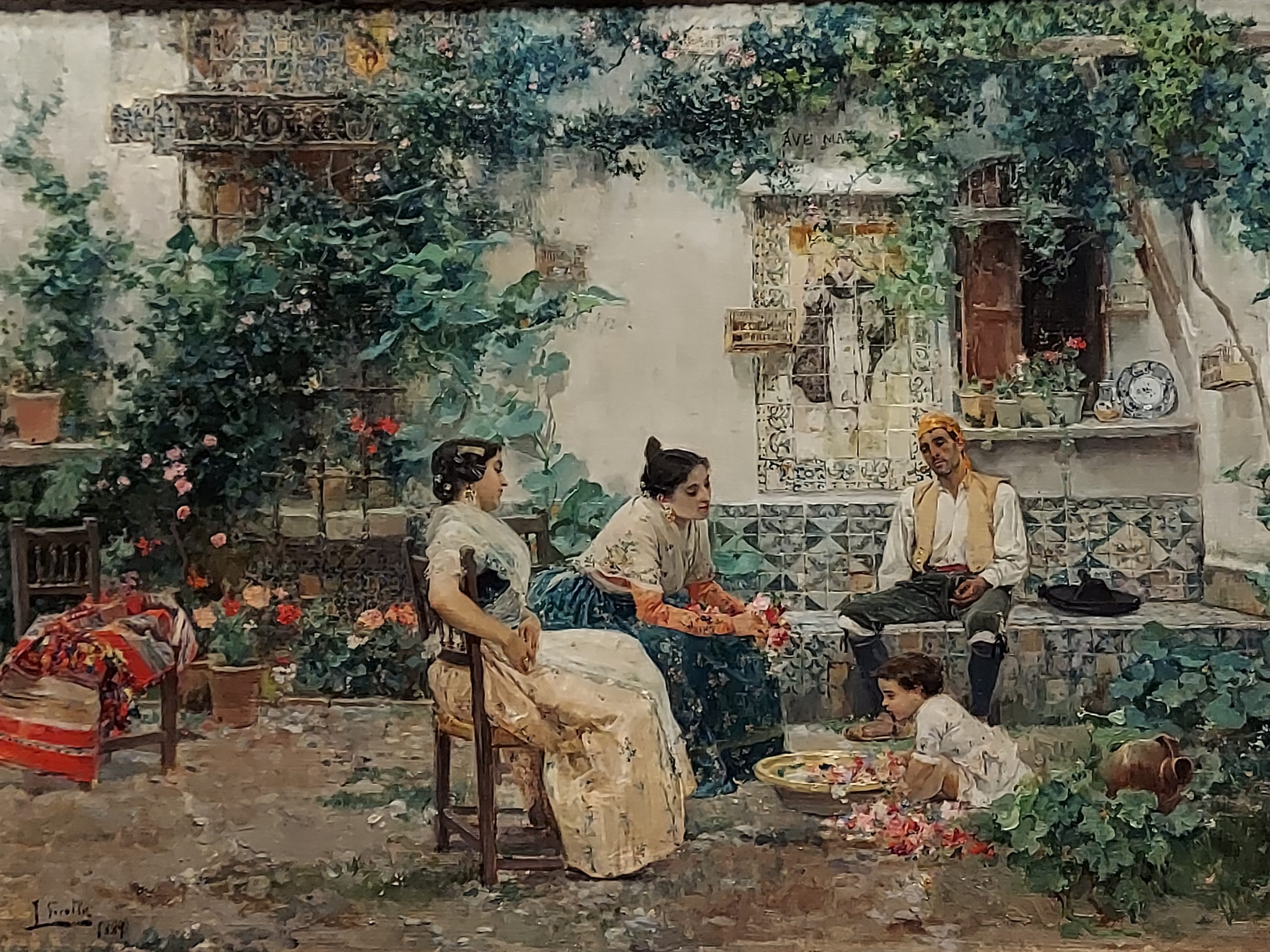
There are 4,985 drawings by Sorolla in the collection. These drawings include designs for the facade of the building, its gardens or interiors of the house, as well as charcoal drawings of the painter’s daily life.
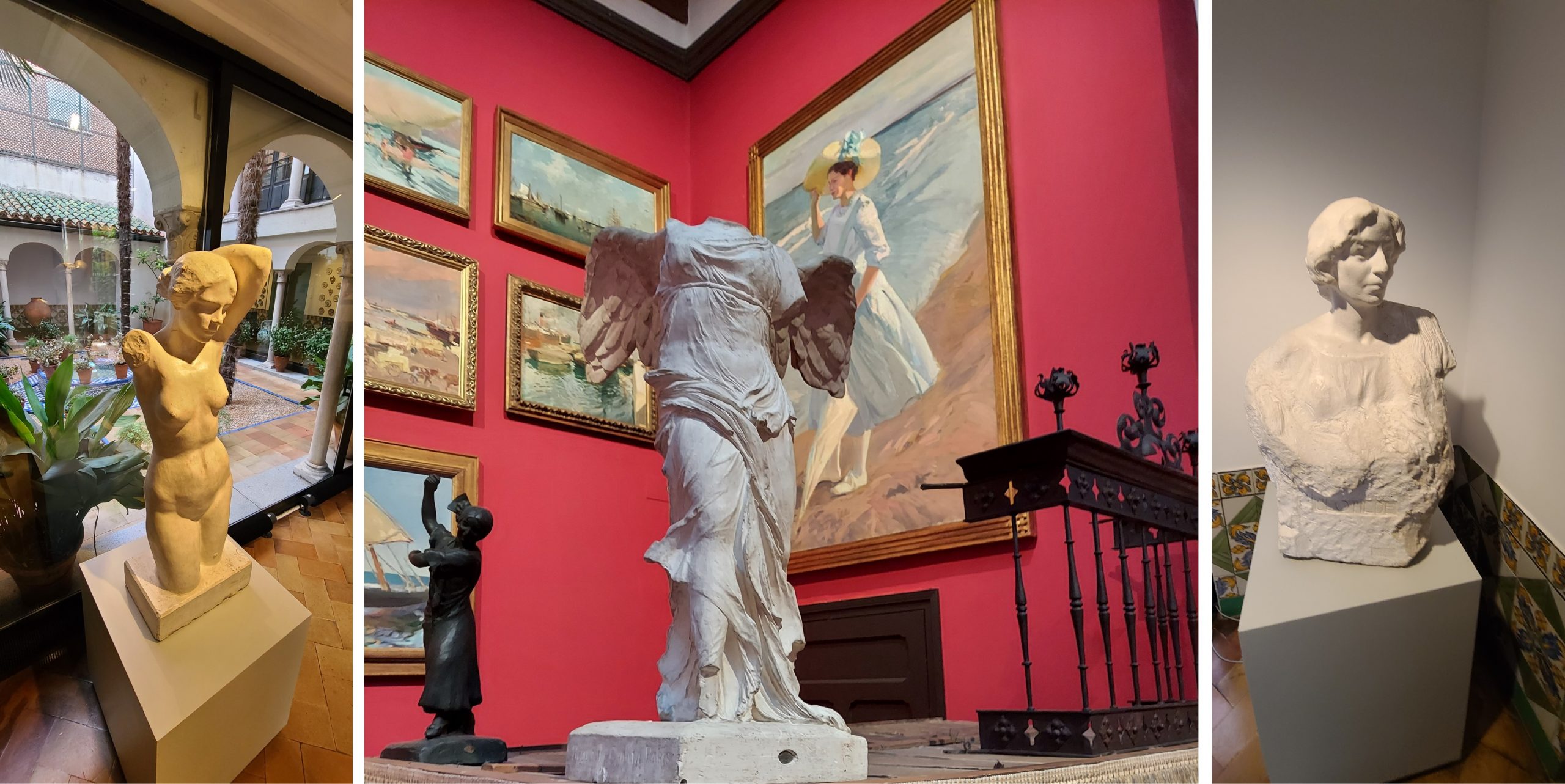
The sculpture collection is composed of 289 works from different periods and mainly of Spanish origin that enrich the family’s home. Their origin is unknown, although it is known that some were gifts made to Sorolla himself. Among the pieces are works by Rodin, Troubetzkoy, as well as friends of the artist, and even his daughter, Elena Sorolla.
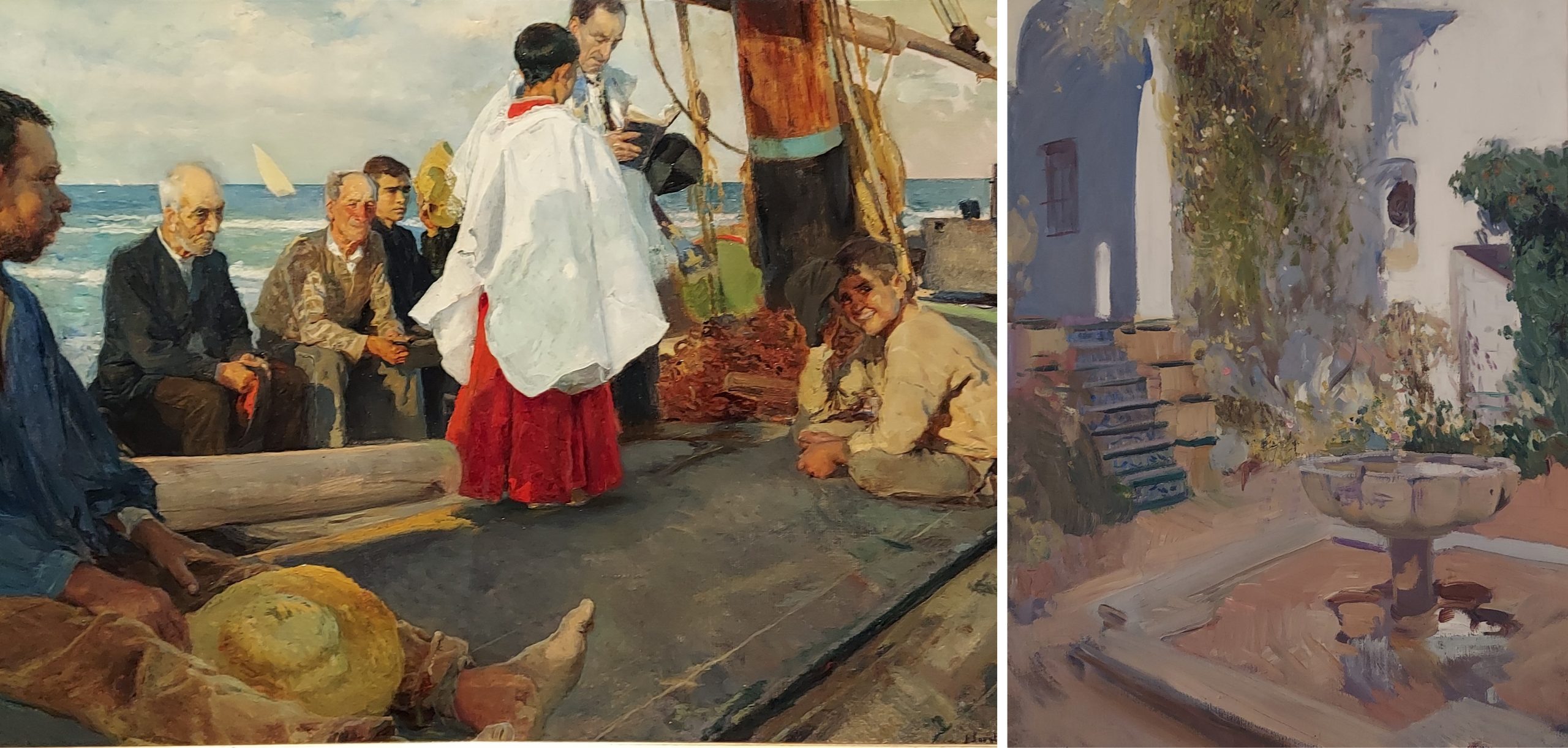
We were very surprised by the collection of ceramics, which confirms Sorolla’s particular taste for them. It seems that the constant trips he made to the south of Spain for the realization of his commission for the Hispanic Society, which led him to use ceramic tiles, plates and vases in the decoration of his own home. In addition, this collection offers a broad overview of peninsular ceramics from the 15th to the 20th century.
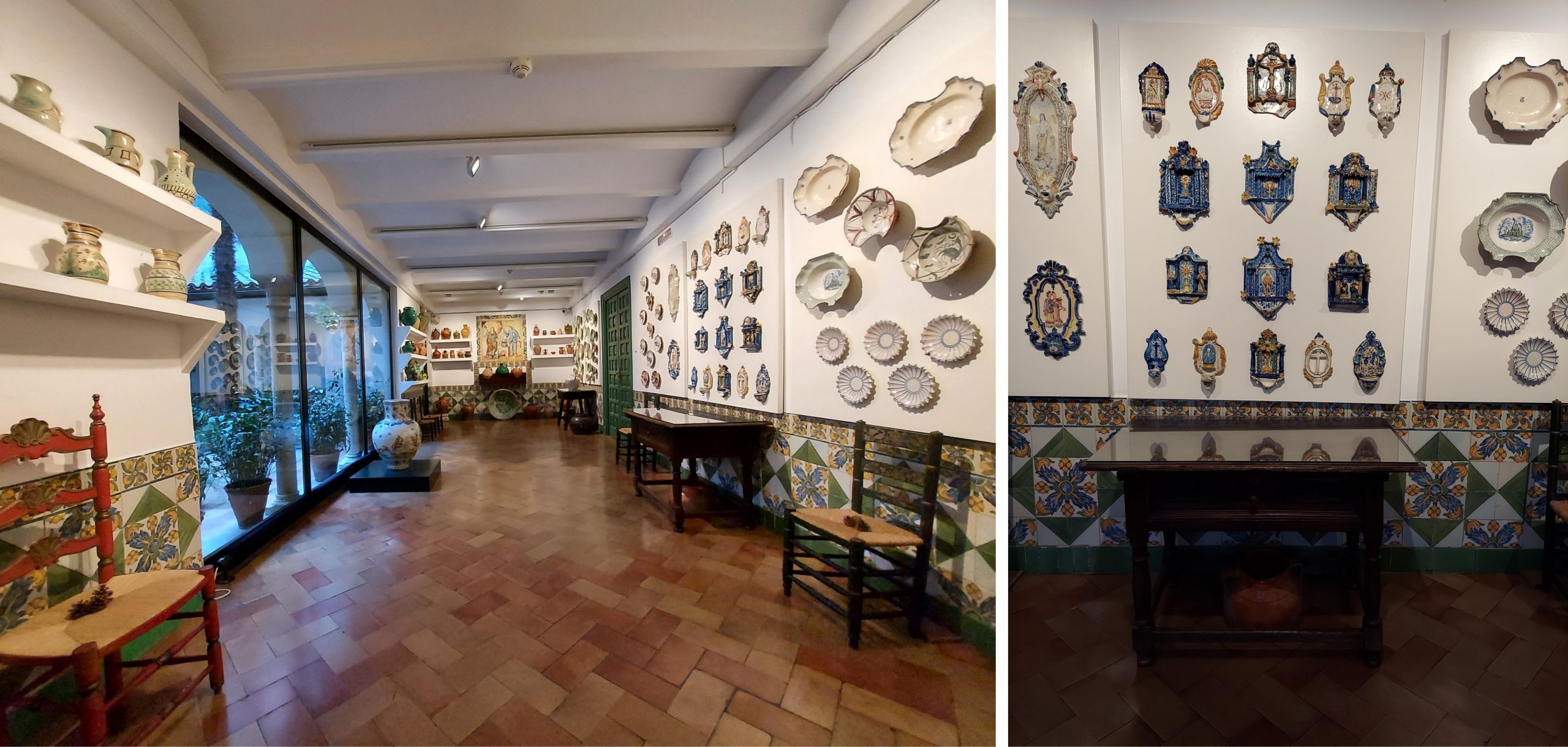
As part of the jewelry collection on display in the museum, it consists of 269 pieces among which are popular jewelry from different regions of Spain, being Valencian jewelry the one with the largest presence.
On the other hand, the textile collection consists mainly of pieces acquired by Sorolla, most of which correspond to traditional clothing from different regions of the nineteenth and twentieth centuries. It also includes the family’s trousseau and other fragments of antique textiles acquired by the painter during his lifetime.
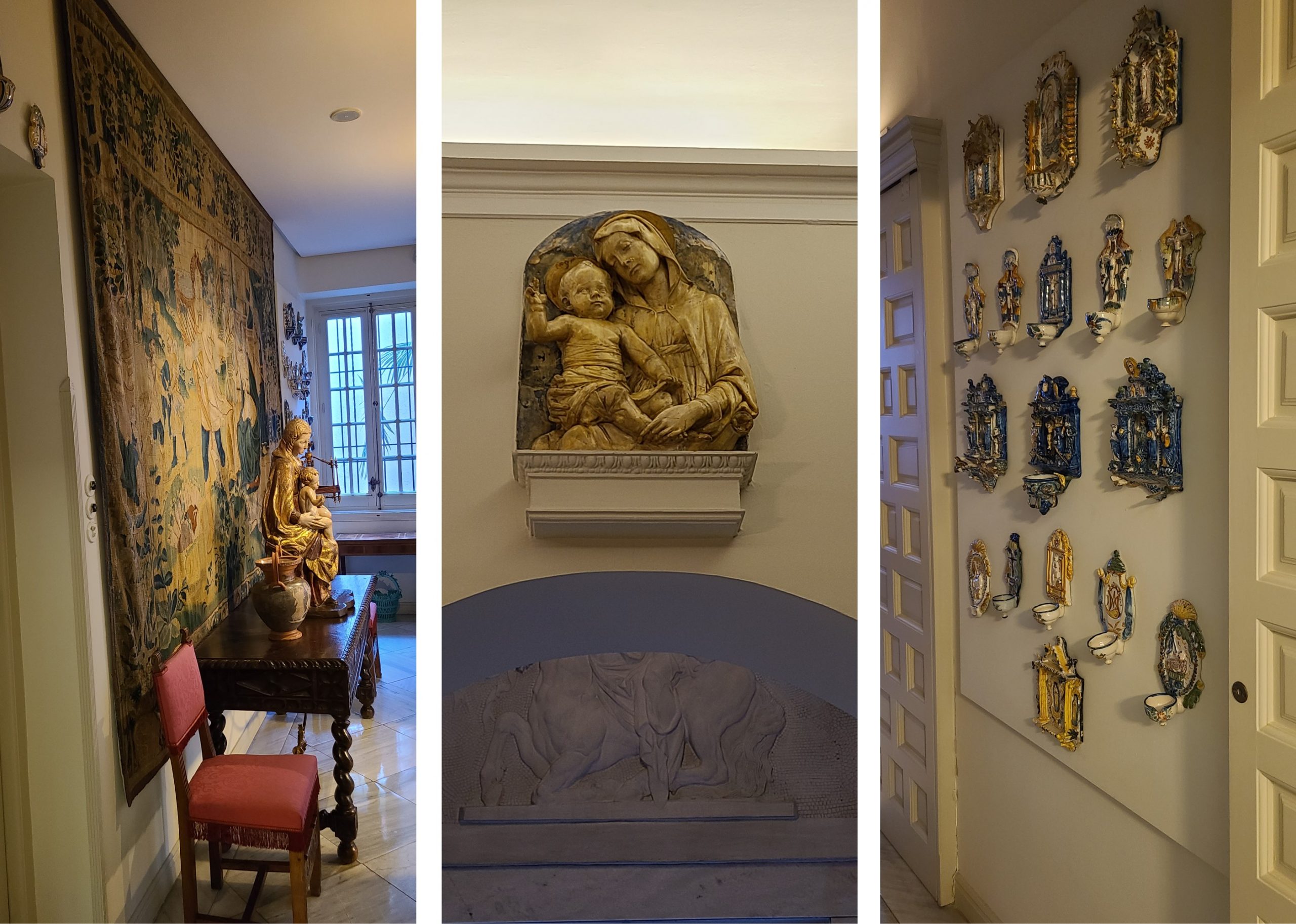
The Sorolla Museum has undergone continuous changes, some good, others not so good. And as happens in many cases, economic crises are the axis of many changes. On March 1, 1962, the building was declared a National Historic-Artistic Monument on the condition that it contained the artist’s collection.
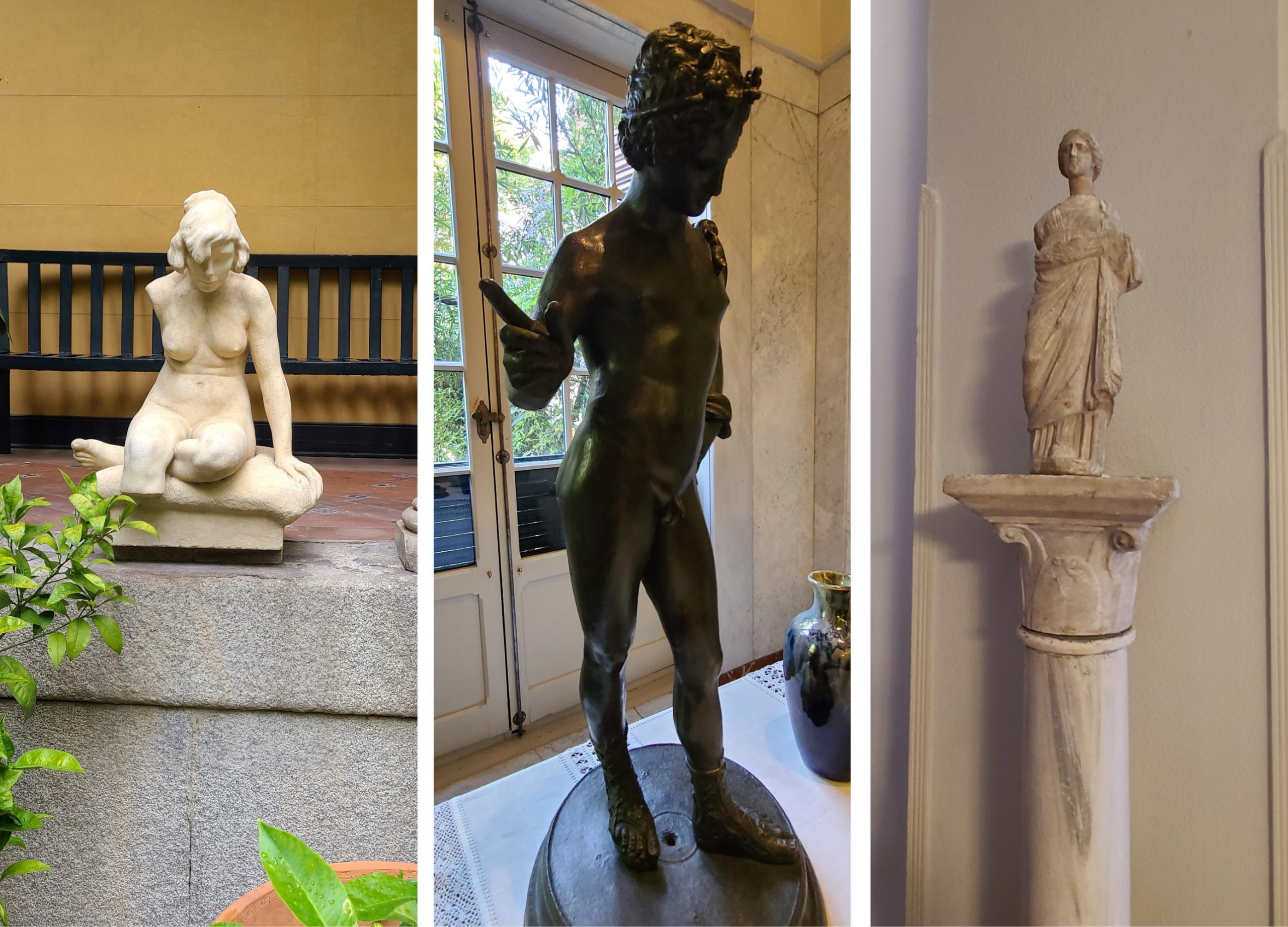
It is worth visiting the Sorolla Museum and enjoy live and in full color, everything we have told you here and shared with you through our photographs. The Sorolla Museum is open from Tuesday to Saturday from 9:30 am to 8:00 pm. Sundays and holidays from 10:00 to 15:00 hours. We include the following link so you can book your entrance ticket: https://museosorolla.sacatuentrada.es/
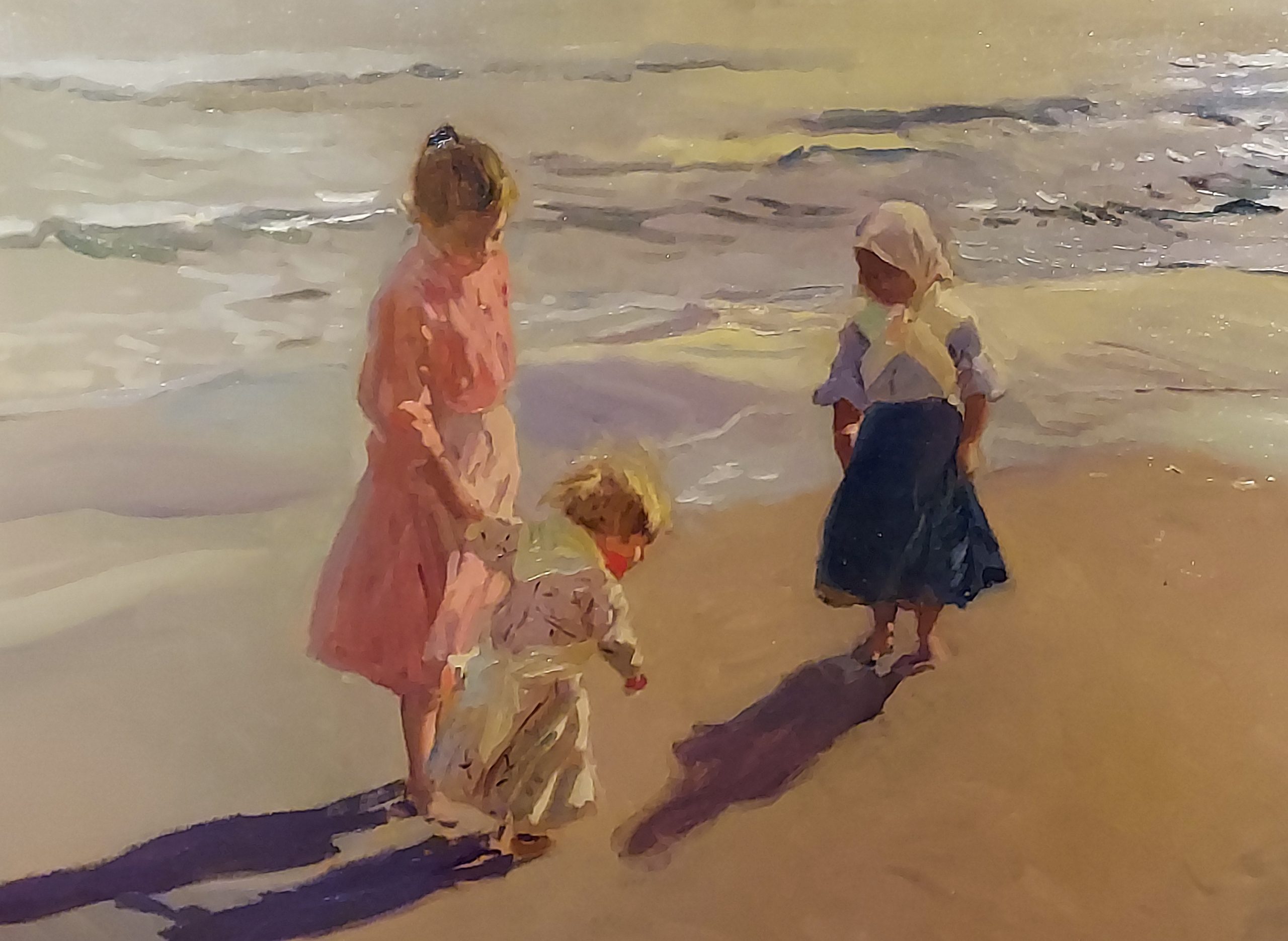
Sources consulted:
- https://es.wikipedia.org/wiki/Museo_Sorolla
- https://es.wikipedia.org/wiki/Joaqu%C3%ADn_Sorolla
- https://museosorolla.sacatuentrada.es/
- https://www.todocuadros.com/museos/sorolla/
- https://www.esmadrid.com/informacion-turistica/museo-sorolla
